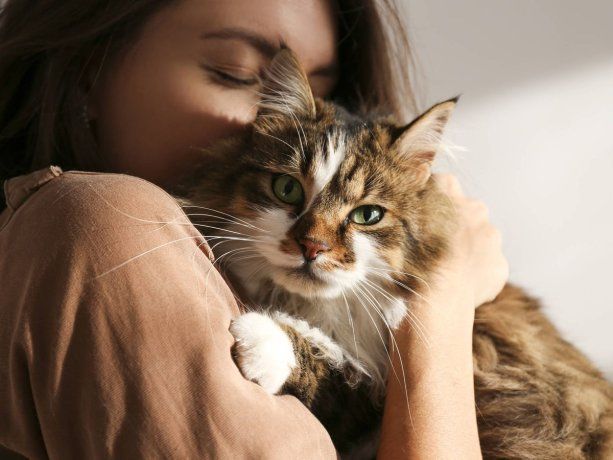The cats They are fascinating animals, known not only for their independence and mystery, but also for their unique behaviors that arouse curiosity in humans and scientists equally. One of the most characteristic features of these pets is the purr. That soft and vibrant sound emitted in moments of calm, satisfaction or even in stress situations.
For decades, the exact mechanism produced by this sound was an enigma, giving rise to multiple theories and debates. But, thanks to recent advances in science, we now know more accurately how they achieve this peculiar form of communication and self -regulation.
Cats 3.jpg
How do cats snore?
He Cats He intrigued researchers for years, and recently made significant progress to unravel the mystery behind this particular sound. Scientists specialized in animal physiology discovered that it is not simply a noise produced by vocal cords, but that it involves a Muscle mechanism Specific in the larynx, or voice box.
In the study published in “Current Biology”, the researchers of the University of Viennaled by voice scientist Christian Herbst, point out that cats have some “Pads” of fabric on their vocal cords. These add an additional layer of fatty tissue, which by increasing the density of flexible bands, allow them to vibrate low frequenciescreating the characteristic slice.
Contrary to the common belief that muscle contractions active were responsible, scientists suggest that the process is more similar to human snoring. Instead of requiring a constant neuronal entry, it can be a behavior passive aerodynamic which continues automatically after receiving an initial signal of the brain.
orange cats 3.jpg

To achieve this conclusion, the team of scientists from the Austrian House of Studies, the Swiss Institute of Organic Agriculture Research (FIBL) and the Palacký University of Olomouc carried out a detailed analysis of the larynges surgically removed from deceased cats due to incurable diseases.
Thus, this process begins when the larynx muscles contract and relax at an extremely fast speed, around 25 to 150 times per second. These vibrations generate a rhythmic opening and closure of the glottis (The space between the vocal strings), which in turn modulates the flow of air and creates the characteristic sound. And the constant frequency allows the cat to keep the slice both when inhaling and exhaling, something unique in the animal kingdom.
Cats 4.jpg

In addition, studies indicate that the slice not only serves to express well -being or pleasure, but also fulfills more complex functions. For example, you can act as a Self-salary mechanismsince vibrations of certain frequencies are related to tissue regeneration, pain reduction and bone strengthening.
On the other hand, it also has a social rolefacilitating communication between the cat and its owners or even among those of the same species. Transmitting signals of calm, security or necessity.
In conclusion, slice is a complex physiological and communicative phenomenonresult of precise coordination between muscles, nerves and respiratory mechanisms. This discovery expands our understanding about the behavior and health of cats, reaffirming why these animals continue to fascinate us.
Source: Ambito
I am an author and journalist who has worked in the entertainment industry for over a decade. I currently work as a news editor at a major news website, and my focus is on covering the latest trends in entertainment. I also write occasional pieces for other outlets, and have authored two books about the entertainment industry.




